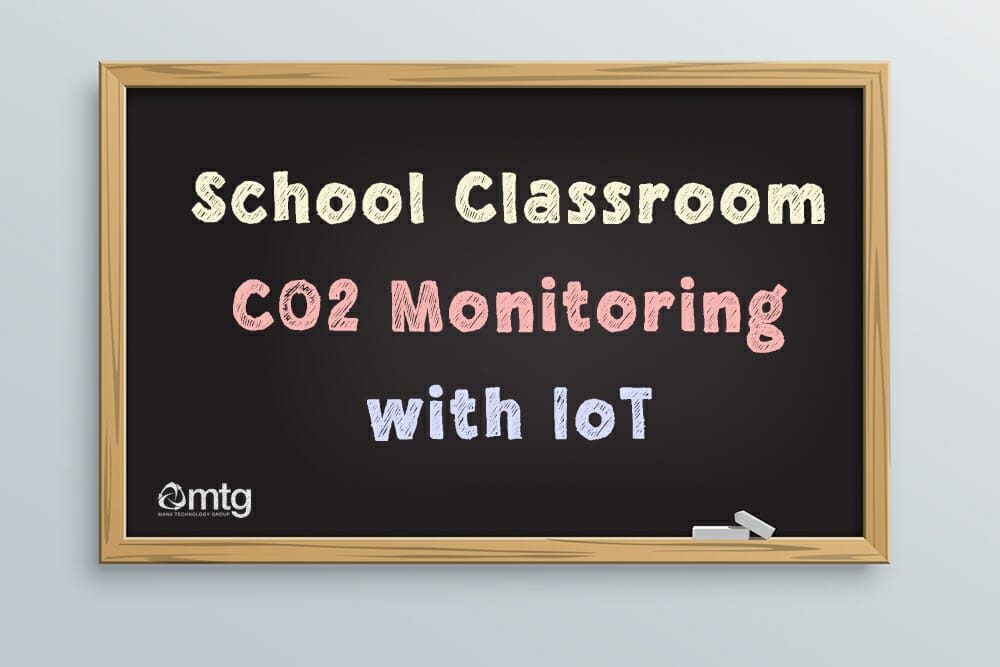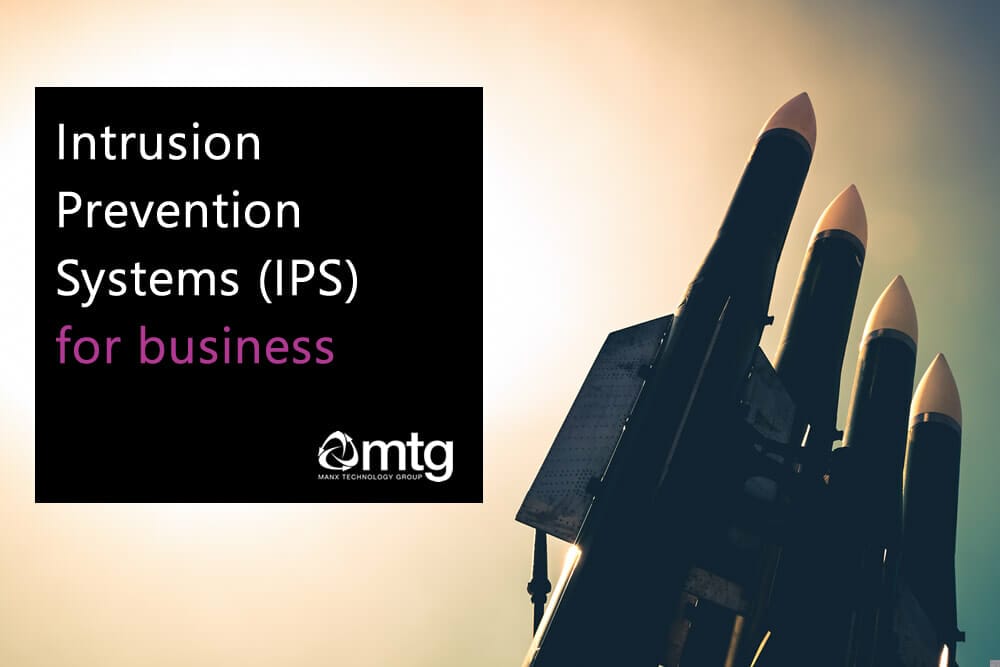Manx Technology Group has developed a school CO2 monitoring platform that combines battery-powered wireless sensors with an easy-to-use online dashboard. High levels of CO2 in the classroom can significantly impair decision making and cognitive performance.
Why should I monitor CO2 levels?
Numerous studies have concluded the link between high concentrations of carbon dioxide (CO2) can significantly impair an individual’s cognitive performance. Berkley Labs undertook a study in 2012 that concluded:
…high indoor concentrations of carbon dioxide (CO2) can significantly impair people’s decision-making performance. The results were unexpected and may have particular implications for schools and other spaces with high occupant density.
In a classroom setting, educational leaders and teachers want an optimal environment to maximise learning, which means optimal ventilation, light, and warmth levels. The Scientific Advisory Group for Emergencies (SAGE) has published a paper on the use of CO2 monitoring, highlighting that CO2 monitors were well suited to monitoring classrooms and offices.
What causes CO2 to increase?
People exhale CO2 when they breathe out. Over time, if there is a build-up of CO2 in a classroom, this may suggest ventilation needs improving (i.e. opening windows).
What about Resiratory Illnesses
Although CO2 levels are not a direct indicator of possible exposure to respiratory infections (including Covid-19), it is a contributing factor. Checking levels using a monitoring system will help you identify poorly ventilation areas.
Good ventilation is therefore an important component of an employer’s overall strategy to reduce Covid-19 in the workplace. In particular ensuring multi-occupant workplaces where individuals are in the same room/space together for an extended period of time are well ventilated to help prevent the build-up of the virus and reduce the risk of transmission.
To learn more: Ventilation in the workplace | Health and Safety Executive
How do I measure CO2 levels in the classroom?
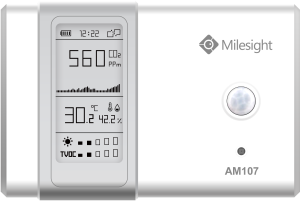
There are many types of CO2 monitoring devices, the most effective devices to use in the workplace or school environment are non-dispersive infrared (NDIR) CO2 monitors. NDIR sensors monitor and check for the presence of CO2 by measuring the absorption of infrared light at a specific wavelength.
IoT sensor devices can measure the following:
- Temperature
- Humidity
- CO2 levels
- Light levels (Lux)
- TVOC (Volatile organic compounds)
- Presence (if a room is occupied)
What do I need to measure CO2 levels in my school or college?
Our CO2 monitoring solution comprises three main components:
- Ambient room sensors – Measuring CO2, Temperature, Humidity, Light, VOC and Presence.
- LoRaWAN network – Similar to WiFi, but ultra-low-power – this provides connectivity to the battery sensors.
- Cloud platform – The web application allows you to view real-time and historical data from the sensors.
Are the sensors difficult to install?
- The CO2 sensors require 2 x AA batteries and wireless coverage. They are then attached to the wall using screws or adhesive pads.
- Network gateways may be required within the school – providing network access to the sensors (And other IoT devices). Gateways come supplied with a 4G SIM Card or connected to your school’s broadband connection. Network coverage does depend on the built environment. Please speak to us to find out more.
- Our Cloud Platform is built in Microsoft Azure (UK South) and provides a highly scalable environment for dashboards, data collection, storage and visualisation.
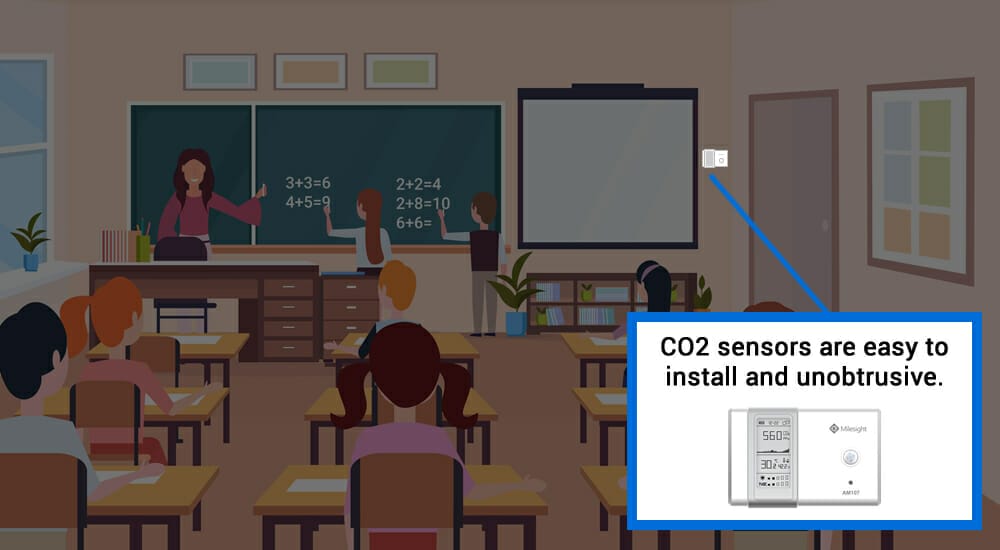
What about accuracy and calibration?
You should calibrate CO2 sensors before making CO2 measurements. Follow the manufacturer’s instructions, including the appropriate warm-up time for the device to stabilise. NDIR sensors are typically accurate within 20-30ppm of CO2 (or 3% of total measurement). It is important not to rely on a single measurement as a snapshot and instead observe trends over time.
Our CO2 sensors from Milesight IoT use NDIR sensors from market-leader SenseAir – providing unrivalled accuracy and a competitive price.
How will CO2 monitoring help me take action?
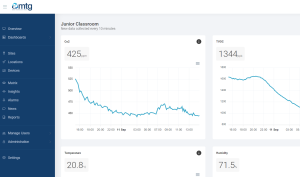
CO2 measurements should be used as an indicator of ventilation within a space rather than an absolute. Outdoor levels of CO2 are around 400ppm, and an indoor, consistent level of less than 800ppm suggests adequate ventilation. An average of 1500ppm or more in an occupied space suggests poor ventilation. Where you see consistent levels exceeding 1500ppm, you should consider taking action.
Context is important. Where there is continuous talking, singing, or physical activity (i.e. gym), you should aim to keep CO2 levels below 800ppm.
How much does it cost?
Manx Technology Group can provide a turnkey school co2 monitoring solution for schools and colleges where we handle the sensors, network, and dashboard – including setup, configuration, and management.
- You can choose the buy the sensors and network equipment, and a monthly subscription for the platform and support or;
- A flat-monthly fee per classroom, including the sensors, subscription and support.
What about my office or business?
Our indoor air quality monitoring solution is perfect for business. In fact, if your organisation or building wishes to provide the very best working conditions for your employees, or follows a certification or validation standard such as BREAM or Well V2 – then our solution is a perfect fit.
Case studies
- MTG deployed sensors in Tynwald Chambers (Isle of Man Parliament) to test the concept of a Smart Parliament. Given the importance of CO2 on cognitive performance, a nation’s parliament is perhaps the most important place for optimal ventilation! (November 2019).
- Manx Technology Group partnered with University College Isle of Man to deploy CO2 and indoor air quality devices through the UCM campus in the Isle of Man. The project involved battery-powered sensors and with the support of Digital Isle of Man and their LoRaWAN network. (January 2021).
- The Isle of Man Department of Education recently announced a technology trial of CO2 monitors in Isle of Man classrooms. The trial uses sensors supplied by MTG and our online cloud platform. (September 2021).
Find out more
Please get in touch if you would like to learn more about our School CO2 monitoring platform to optimise the learning environment or manage covid-19 risk. Our platform is scalable from a small number of classrooms or offices to even the largest educational institutions. The IoT network used by the CO2 monitoring system can also be used by a wide range of other IoT sensors, including door sensors, people counters, parking, soil and outdoor sensors.

